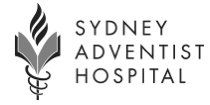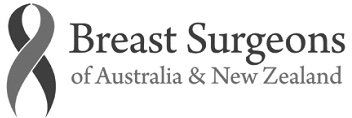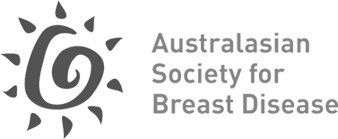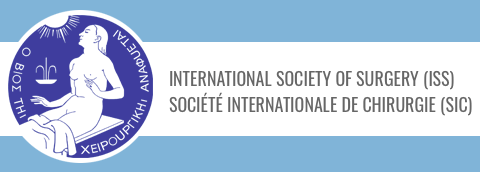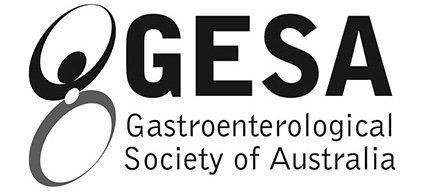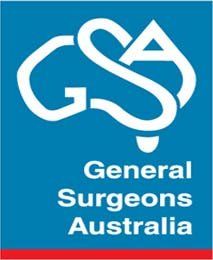Clinical Breast Examination
What Is a Clinical Breast Exam?
A Clinical Breast Exam is a physical examination of the breasts and the underarm area by your breast surgeon.
The purpose of a Clinical Breast Exam is to look at any:
- Breast lumps,
- Visible breast changes
Men who find a lump or a change in their breasts should also have a Clinical Breast Exam.
Benefits of Clinical Breast Exams
Clinical Breast exams are an important part of early detection. Although most lumps are discovered through breast self-exams, a Clinical Breast Exam conducted by an expert may notice a suspicious area that may not have been noticed by the patient.
What to Expect from a Clinical Breast Exam?
You are asked to remove your clothing from the waist up and while on the examination table you are covered by a sheet or gown so that the doctor can compare the two breasts.
Visual Breast Examination
The Clinical Breast Exam starts with your doctor looking at the breasts while you are seated or standing and then when you are lying down.
You may be asked to raise your arms over your head, let them hang by your sides, or press your hands against your hips. These postures allow your doctor to look for differences in size or shape between your breasts.
Your doctor is looking for:
- changes or differences in the shape of the breasts
- areas of fullness or thickness in only one breast
- differences in skin colour, (redness),
- differences in the texture of the breasts or rashes,
- dimpling, visible lumps or swelling of the skin
- differences in temperature or increased skin warmth
- discharge, leaking from the nipple
- nipple changes, such as a nipple starting to point inward (called inverted) or scaling
Physical Breast Examination
Next, the doctor needs to feel or palpate, the breasts and the nipples.
Breast tissue covers a large area, it goes from the middle of the chest into the armpit and up toward the collarbone and deep inside to the muscles of the chest wall.
The Physical Breast Exam is done while you are lying down as this position enables the breast tissue over the chest wall to flatten.
Your doctor will examine the entire area and will need to use some pressure to assess deeper tissue. Your doctor uses firm pressure with their fingers to feel for:
- lumps, including their size, shape and whether or not they move within the tissue
- hardening or thickening in the breast tissue
- tenderness or pain
Your doctor will also feel lymph nodes in
- the underarm area (called the axilla) and
- in the area above and below the collarbone for any lumps or hardening.
Preparation for a Clinical Breast Exam
Whether you have breast implants or not the same technique is used. You don’t need to do anything special to prepare for a Clinical Breast Exam.
What Happens if a Breast Abnormality is Found?
If a lump is discovered, your doctor will note its size, shape, and texture. Your doctor will also check to see if the lump moves easily. Benign lumps often feel different from cancerous ones, but any lump found will likely need to be examined with further diagnostic measures.
The doctor will talk to you about anything that is found and let you know if further diagnostic tests are required.
It may be helpful to know that lumps that appear soft, smooth, round, and movable are likely to be either benign tumours or cysts. A lump that is hard and oddly-shaped and feels firmly attached within the breast is more likely to be cancer, but further tests are needed to diagnose the problem.



